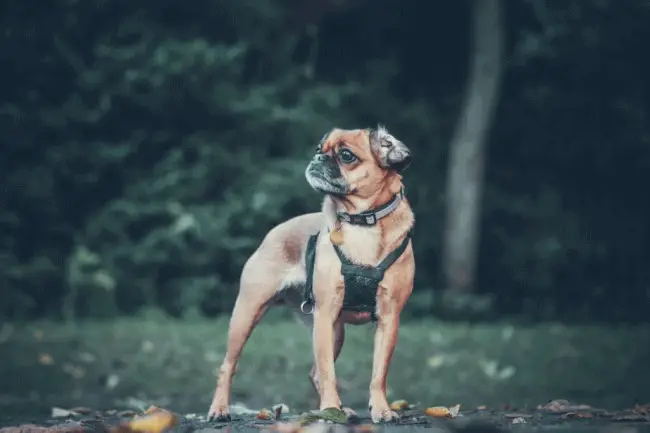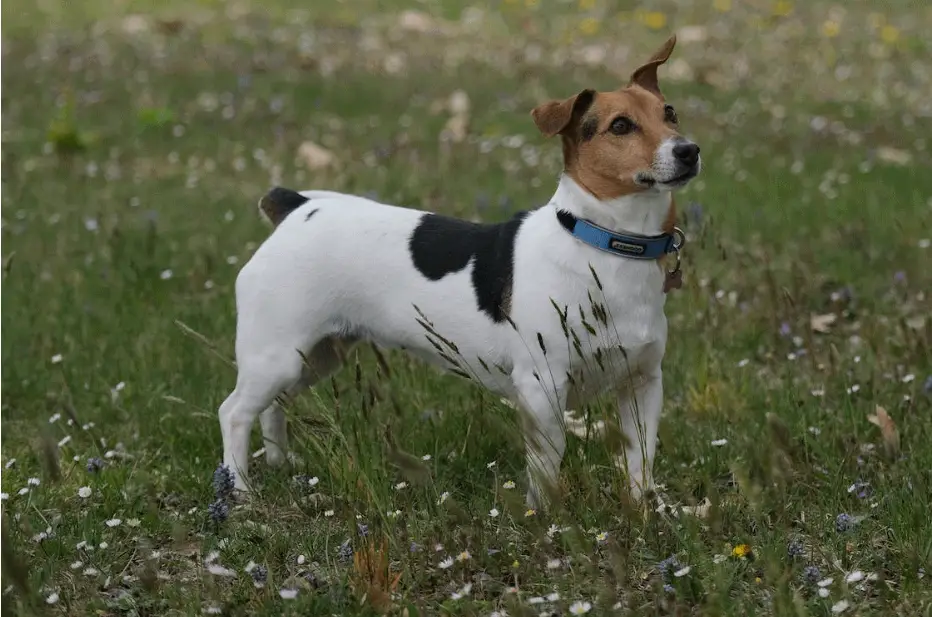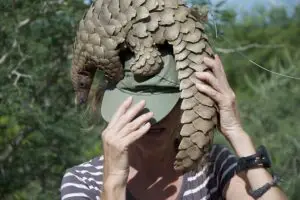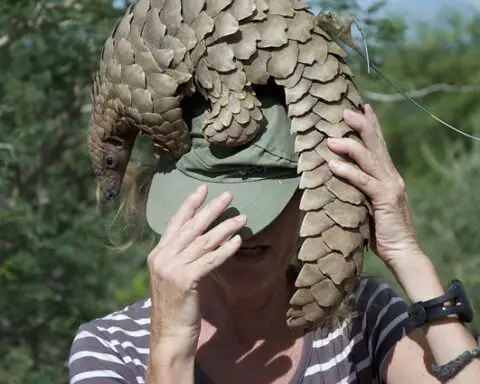Dogs have been bred for centuries to perform various tasks, from hunting and herding to simple companionship. Many people have recently begun training their dogs to protect their homes and families. While most dogs are instinctively protective of their owners, there are some specific things you can do to help train your dog to be an effective guardian of your property.

Start with basic obedience training
Basic obedience training is the foundation for all other types of training, including protection training. It teaches your dog basic commands such as sit, stay, come, and down. It also instills good habits such as not jumping on people or stealing food from the table. Basic obedience training is essential for any dog, regardless of whether or not you plan to train them for protection.
There are a few different ways to teach your dog basic obedience. The most common method is to sign up for a class at your local pet store or obedience school. Alternatively, you can purchase a training book or video or consult an online resource. Whichever method you choose, ensure that you are consistent with your commands and rewards, and be patient; dogs learn at different rates, and some may take longer to grasp the concepts than others.
Make sure your dog is socialized
It’s essential to socialize your dog so that it can become used to being around people and other animals. This will help them be more confident and less fearful, protecting them from potential danger.
One way to start socializing your dog is by taking them to puppy class or doggy daycare. Here, they’ll be able to interact with other dogs and people in a safe and controlled environment. It’s also a good idea to expose them to different places, sounds, and situations, so they’re not overwhelmed when encountering something new.
Your dog must be comfortable around people and other animals, as they will need to be able to distinguish between friends and strangers. They are better able to do this without a leash but with an invisible dog fence to keep them in place. This type of fence creates an invisible boundary your dog cannot cross. If they try to leave the yard, they’ll receive a mild shock or a customizable warning that will deter them from going any further.
Invisible dog fences are a safe and effective way to keep your dog contained, and they can be used in conjunction with other training methods to help your dog learn how to protect your property.
Begin with basic protection training commands
It’s important to start training your dog with basic commands to help them understand what is expected of them. You can begin by teaching them simple commands such as sit, stay, come, and down. Once your dog has mastered these commands, you can move on to more advanced protection training exercises.
One of the most important things to remember when training your dog for protection is never using physical force or aggression. This will only scare your dog and make them less likely to obey your commands. Instead, focus on positive reinforcement techniques such as praise, treats, and toys. With patience and consistent training, your dog will soon be able to protect you and your home from intruders.
Make sure your dog is adequately exercised
A tired dog is a good dog, especially when it comes to protection training. Dogs who have plenty of physical and mental stimulation are less likely to act out aggressively. Make sure to include plenty of exercise in your dog’s daily routine, including long walks, runs, and play sessions.
Another reason why it is essential to make sure your dog gets enough exercise is because it will help them stay fit and healthy. A dog that doesn’t get enough exercise is at risk of becoming overweight or obese, leading to many health problems such as joint pain, diabetes, and even cancer.
So, how much exercise does your dog need? This will depend on several factors such as their age, breed, and activity level. However, a good rule of thumb is to ensure your dog gets at least 30 minutes of exercise daily. This can be in the form of a walk, run, or playtime at the park.
Be consistent with your training
As with any training, consistency is key when teaching your dog protection commands. Make sure everyone in the household uses the same commands and reinforces the behaviors you want to see. With patience and consistency, your dog will soon be a well-trained protector of your home.

Most dogs can be appropriately trained to protect their homes and families. It is essential to start with basic obedience training and socialization and then move on to specific protection commands. With consistency and patience, your dog will soon be a well-trained protector of your home.










